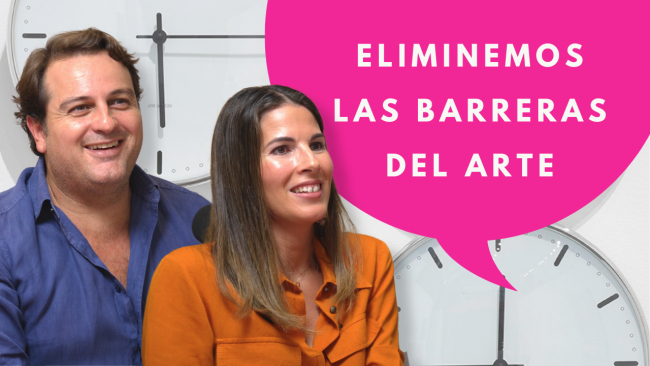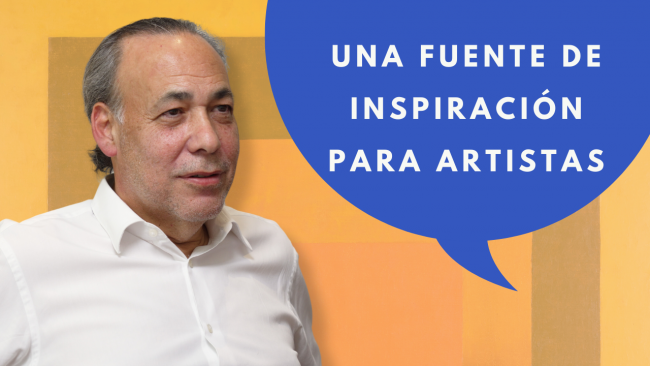DATOS GENERALES
Con obra de
Descripción de la Organización
Sustituye al antes denominado Miami Art Museum - MAM, que fue creado en 1996.
El nuevo PAMM - Pérez Art Museum Miami, de más de 11 hectáreas de superficie, se ubica en un nuevo edificio situado en pleno centro de la ciudad de Miami, frente a la bahía de Biscayne, y su inversión total ha sido de 220 M. de Dólares.
-----------------------------------------------------
Visit Miami’s flagship art museum, and learn about modern and contemporary, international art at Pérez Art Museum Miami (PAMM). Exhibitions highlight Miami’s diverse community and pivotal geographic location at the crossroads of the Americas. In addition to exploring the galleries, visitors can: enjoy waterfront dining at Verde restaurant; shop a unique selection of art books, furnishings and handmade items at the museum’s gift store; and take in the spectacular views of Biscayne Bay and the elaborate hanging gardens. Designed by Pritzker Prize winning architects Herzog & de Meuron, PAMM provides an educational and civic forum for the County’s residents and visitors alike.
Our Mission
Our mission is to be a leader in the presentation, study, interpretation, and care of international modern and contemporary art, while representing Miami-Dade and cherishing the unique viewpoint of its peoples. Through our exhibitions and programs, we aim to encourage everyone to see art as an incentive for genuine human interaction, communication, and exchange.
Our Vision
The Jorge M. Pérez Art Museum of Miami-Dade County (PAMM) has been the flagship museum for Miami-Dade for almost 35 years. At its founding in 1984, the Museum was dedicated to international art of the 20th and 21st centuries, aiming to fill a void in a young city where no contemporary art museum existed. In 1994, we became a collecting institution, and recognizing the massive demographic change that took place in Miami in the previous decade, we refocused our mission to ensure the Museum reflected the city’s plurality of communities. In 2013, we continued to grow with our city, expanding into a 200,000-square foot campus prominently located on Biscayne Bay, between the American Airlines Arena to the south and the Adrienne Arsht Center for the Performing Arts to the north. Today we launch forward from this past. In line with the 400-year history of art collecting museums, we believe art and ideas have the power to enrich the lives of all people – they are an integral part of creating a more humane and just world. As a 21st-century institution, we believe that museums, alongside places of worship, libraries, schools, concert halls, and stadiums, are town halls for the people. These are places that offer opportunities for the healthy exchange of ideas paramount to citizens, promoting inclusivity across our communities, backgrounds, and experiences. We recognize that our city contains a diversity, and we seek to reflect that diversity in everything we do while embracing the power of art and creativity. PAMM aspires to fulfill these beliefs for the Miami of today and tomorrow. We are committed to international modern and contemporary art, and our home at the crossroads of the Americas also
uniquely positions us to be the best at presenting art from the U.S. Latino experience, the African diaspora, Latin America, and the Caribbean. We showcase the diversity of 20th- and 21st-century artists, and our programs seek to educate and ensure that all people can participate in a conversation that shares art at its center.
History
Pérez Art Museum Miami (PAMM) evolved from the Miami Art Museum, which grew out of the Center for the Fine Arts (CFA). The CFA opened to the public in 1984 as a partnership between Metropolitan Dade County Government and the Center for the Fine Arts Association Inc., a private 501(c) (3) corporation. In 1994, on the occasion of its tenth anniversary, the CFA’s leadership determined to transform this County department from a space solely for temporary exhibitions into a private institution with a permanent collection dedicated to international art of the 20th and 21st centuries that reflected Greater Miami’s diverse community and pivotal geographic location at the crossroads of the Americas. To embody this new mission and the community’s aspiration for a major art museum on a prominent waterfront site, the CFA was renamed the Miami Art Museum of Dade County Association, Inc. (MAM).
Plans began to establish a significant educational program, build the collection, and create a new world-class facility that would affirm the region’s growing stature as a global capital. MAM, in tandem with the Miami Museum of Science, led the charge to transform a derelict 30-acre waterfront site in the City of Miami into Museum Park. The City dedicated the land and funding to realize the vision of a great public park anchored by art and science museums. Through its landmark Building Better Communities program, Miami-Dade County provided the capital funds to construct major new art and science museums. MAM commissioned the Pritzker Prize-winning architects Herzog & de Meuron to design a state-of-the-art, sustainable building that expresses the museum’s role as an educational and civic forum for the County’s residents and visitors. In 2013, when the museum moved to its acclaimed, 200,000-square-foot facility overlooking Biscayne Bay in Museum Park, it was renamed the Jorge M. Pérez Art Museum of Miami-Dade County, in recognition of Mr. Pérez’s generous leadership gift.

Arte en diálogo, 10 nov de 2023
Arte en Diálogo | Ep. 4 - Alejandro y Alejandra Lázaro: Coleccionistas
Por ARTEINFORMADO
El arte digital y NFTS son tan validos como cualquier otro medio de arte

Arte en diálogo, 06 nov de 2023
Arte en Diálogo | Ep. 3 - Juan Carlos Maldonado: Coleccionista
Por ARTEINFORMADO
Geometría abstracta

Formación. 08 may de 2025 - 17 may de 2025 / Museo Nacional Centro de Arte Reina Sofía (MNCARS) / Madrid, España